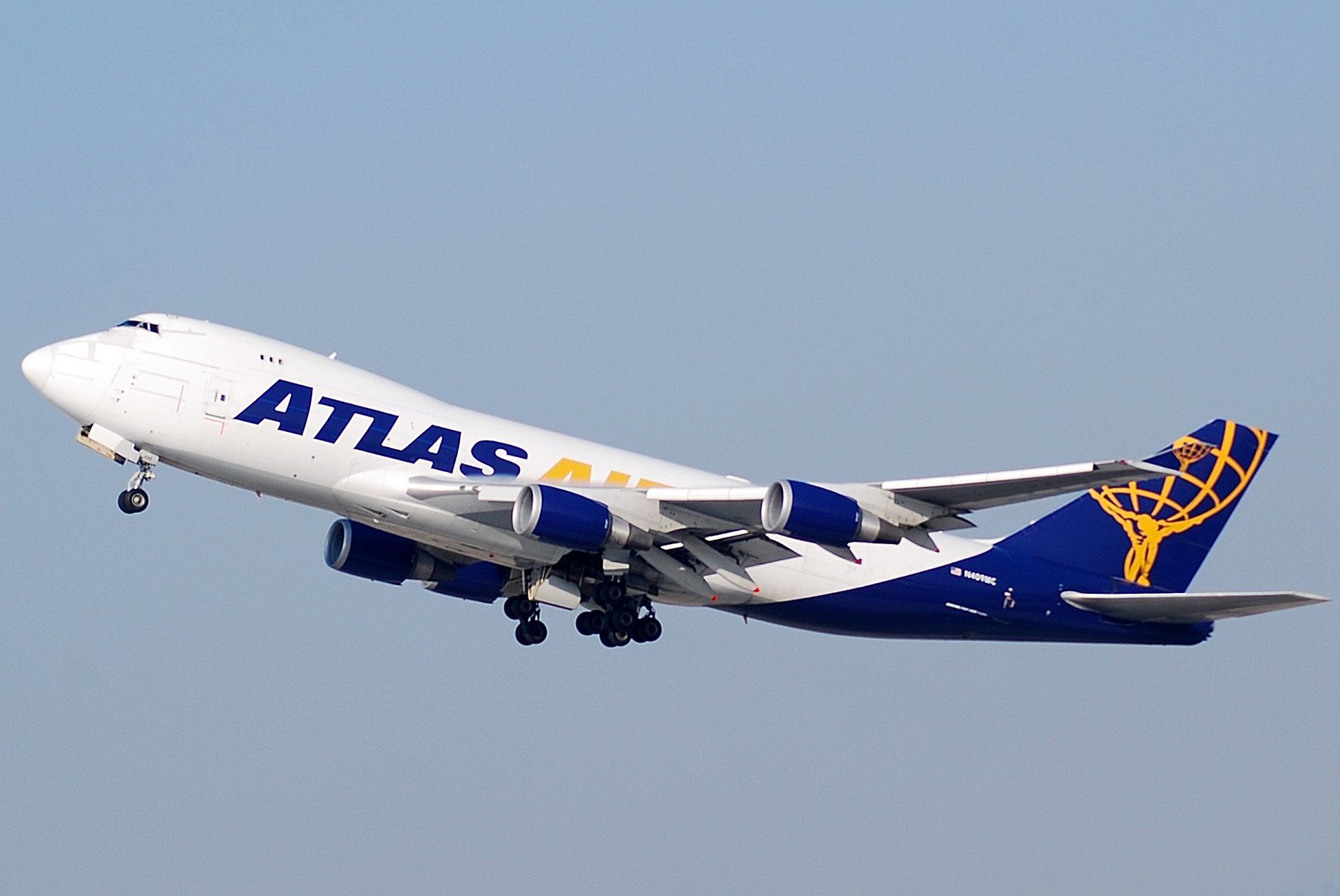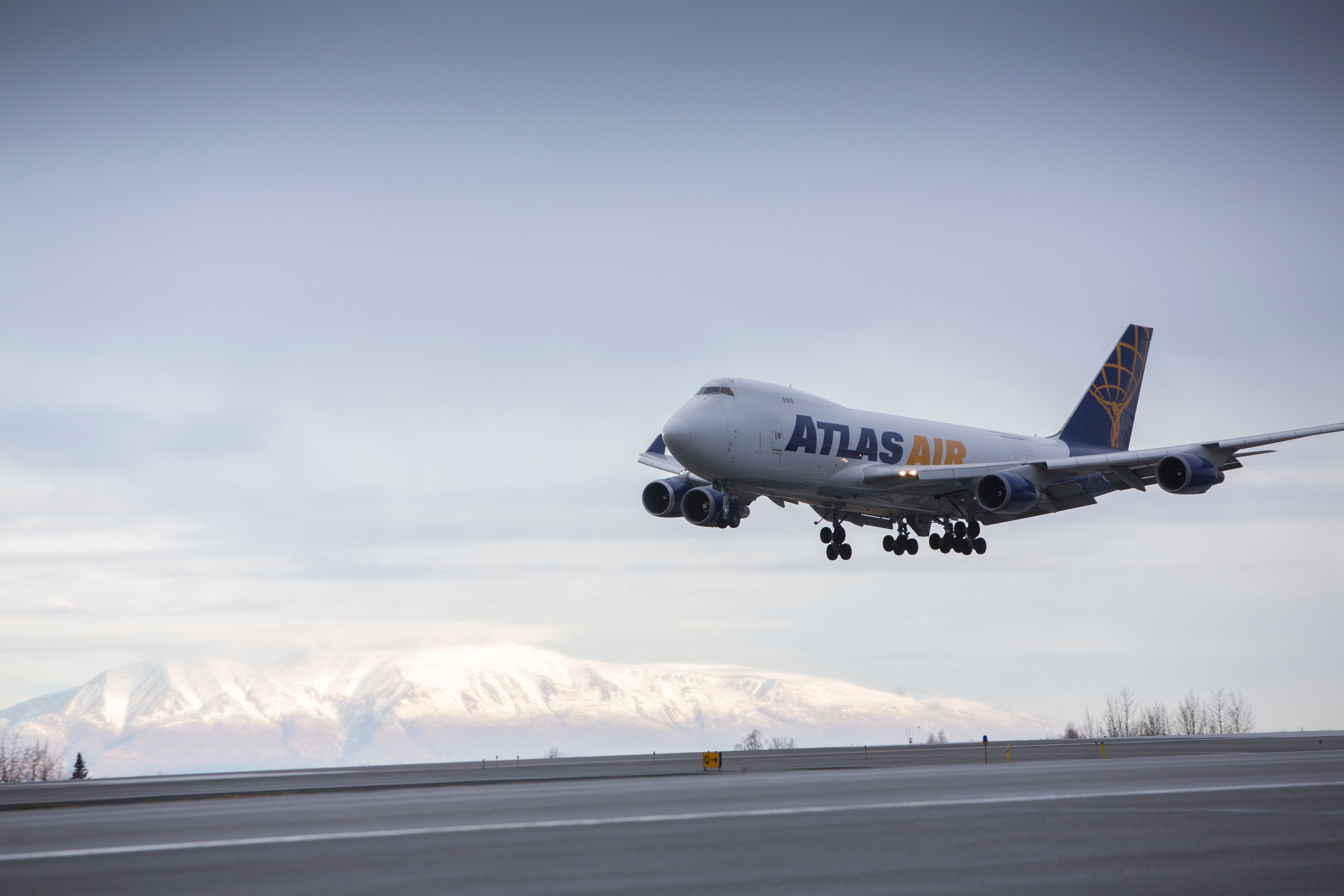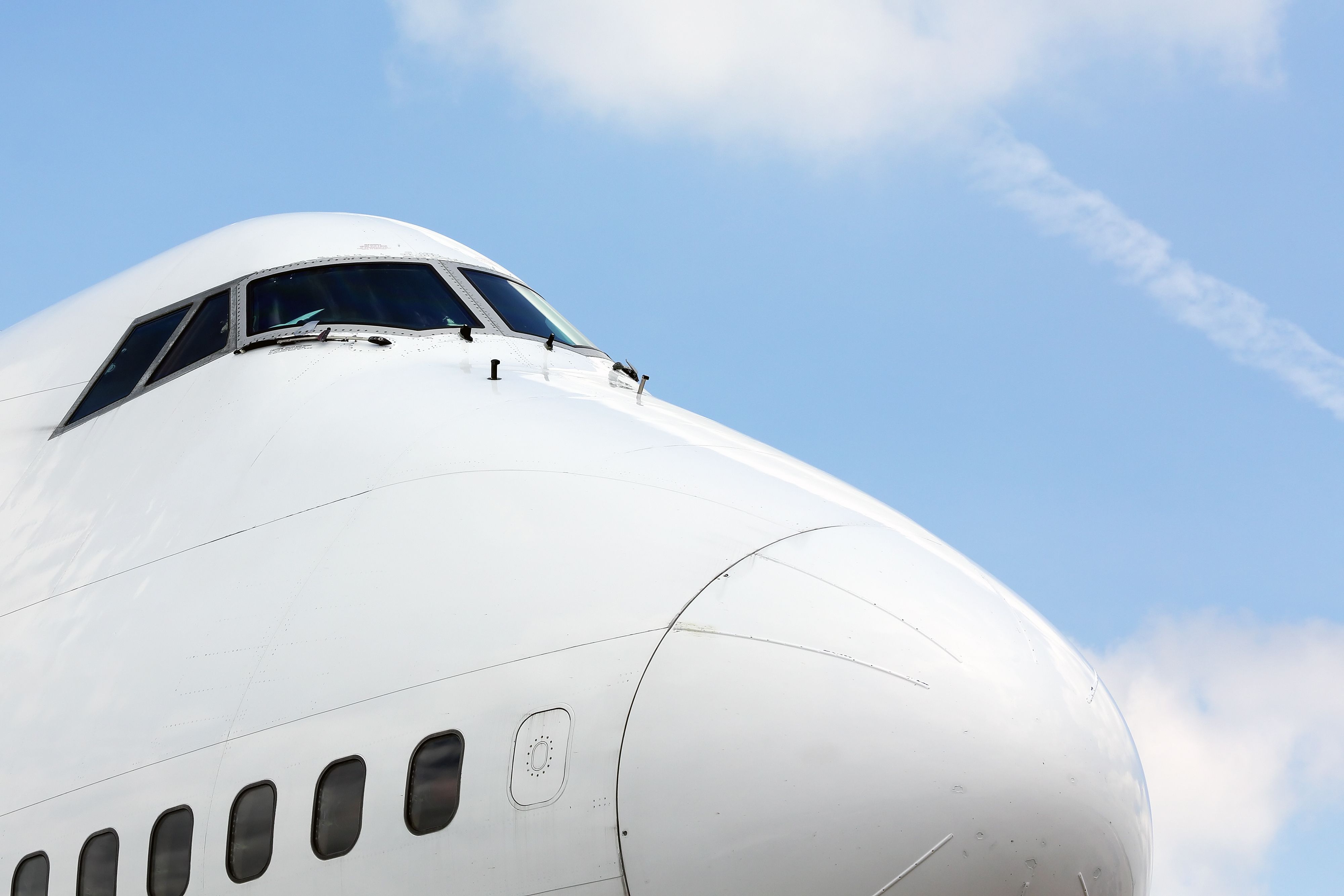Summary
- An Atlas Air Boeing 747-400 had to return to Leipzig due to a cracked windshield during a flight to Tokyo.
- The aircraft landed safely in Leipzig approximately 90 minutes after departure.
- Windshield cracks are rare but must be addressed urgently to prevent further damage and ensure aircraft safety.
An Atlas Air Boeing 747-400 Registration N445MC returned to Leipzig, Germany, approximately 90 minutes after departure due to a cracked windshield. The aircraft was en route to Tokyo when the flight crew noticed cracks in the windshield. The aircraft dumped the excess fuel before landing safely at Leipzig.
Atlas Air Flight PO-956
On August 12, Atlas Air Flight PO-956 was performing a routine cargo service between Leipzig/Halle Airport (LEJ) in Germany and Narita International Airport (NRT) in Tokyo, Japan, on behalf of Polar Air Cargo. Flight PO-956, operating on a Boeing 747-400ER, was scheduled to depart LEJ at 17:00 local time for a 13-hour flight to NRT.
The aircraft took off from runway 08R at 18:50 hours, one hour and 50 minutes behind schedule. At a speed of 500 knots (926 km/h), the aircraft leveled off after its initial climb to 29,000 ft (8,840 m). Approximately 25 minutes into the flight, the crew noticed cracks in the windshield and decided to turn around and return to Leipzig.
Data from FlightRadar24.com shows that the aircraft made a 180-degree turn towards LEJ above Brno, Czech Republic while descending to 17,000 ft (5,180 m). The aircraft maintained FL170 for over 15 minutes while dumping excess fuel. A further step-down altitude of 14,000 (4,260 m) was maintained before gradually descending into Leipzig. The aircraft touched down safely on runway 08R at 20:22 hours local time.
Diverting the aircraft as a result of a windshield crack is a standard operating procedure for airlines. The aircraft remained on the ground at LEJ for maintenance work. The aircraft departed again for the flight to NRT nearly 29 hours later.
Windshield cracks and their implications
Aircraft windows are double-paned for safety during flight. Windshields are manufactured to withstand high pressures, speed, and FOD impact during flight. From raindrops and hail to birds, windshields are designed to take all kinds of possible impacts. However, aircraft windshields can crack and break in flight. While the occurrence is rare, a crack must be addressed urgently to prevent greater damage.
If incidents like that are not handled in time, the safety of the aircraft and its occupants can be compromised. Most windshields have a self-sealing mechanism to maintain air pressure for a period of time despite cracks to allow pilots to descend to a lower altitude.
Interested in the latest news? Check out our complete news section here.
It is noteworthy that cracked windshields do not have to be reported to the regulatory authority, such as the FAA in the US. However, operators must follow safe procedures and perform in-time maintenance of the aircraft.
About Atlas Air
Atlas Air is a major American cargo airline, passenger charter airline, and aircraft lessor based in Purchase, New York. It is the world's largest operator of the Boeing 747 aircraft, with a total fleet of 54 aircraft of the type. Of the fleet of 109 total aircraft, 11 are used for private passenger charter services. Passenger aircraft were configured to serve 189 passengers in a three-class configuration.
Have you ever spotted an Atlas Air Boeing 747 in Europe? Tell us in the comments section.
Source: The Aviation Herald



